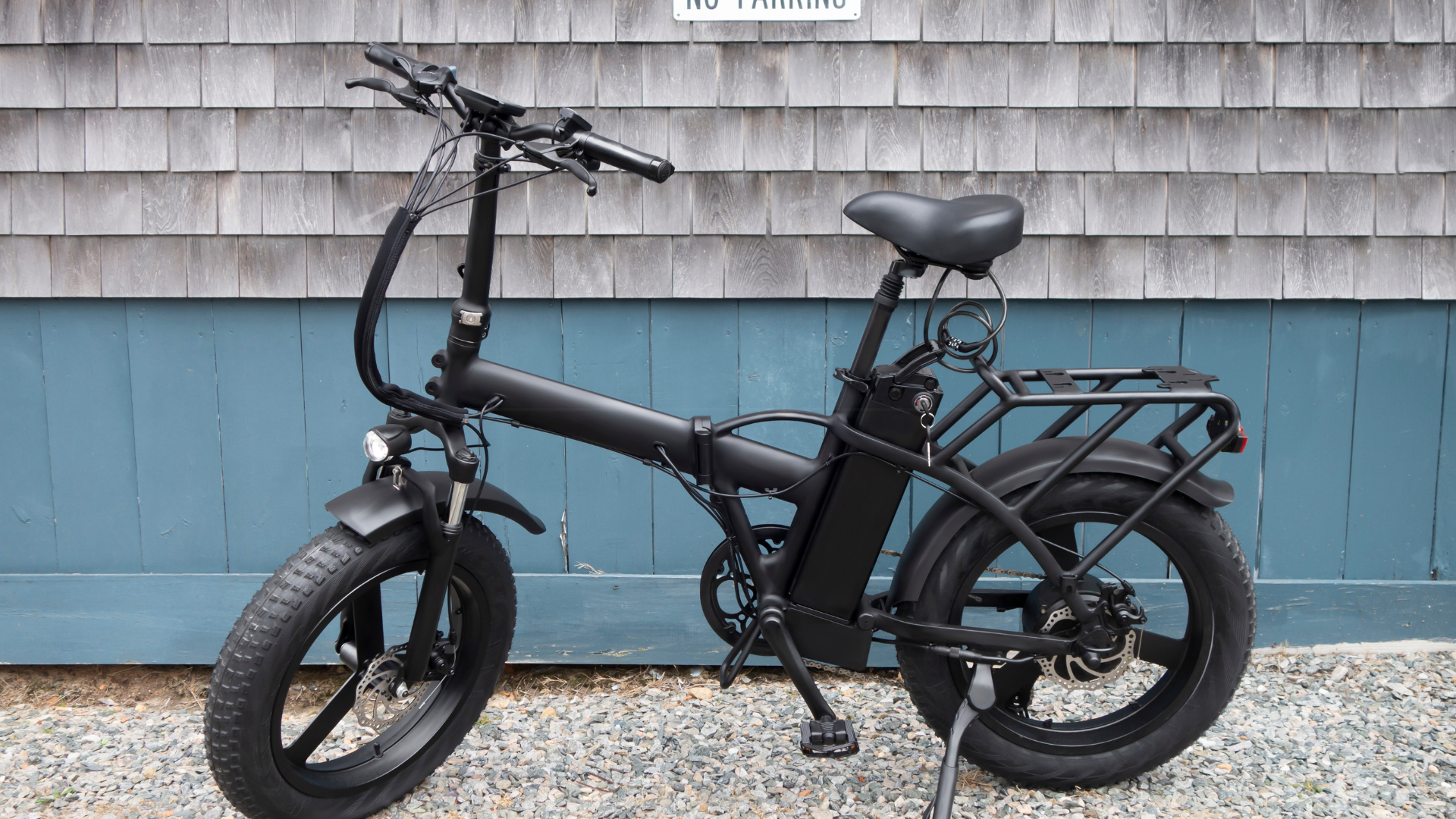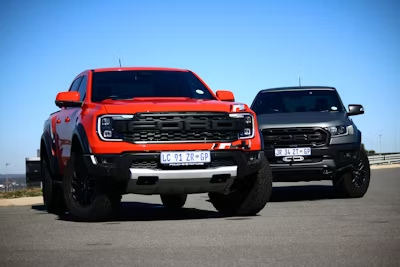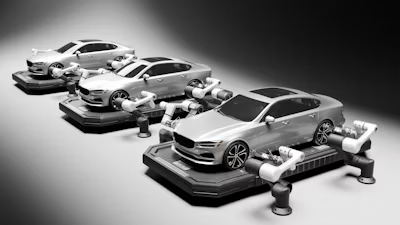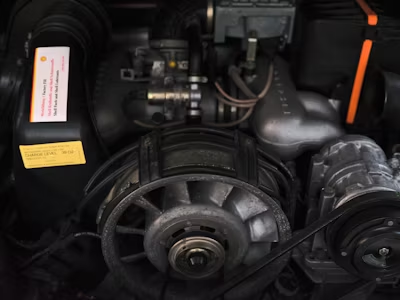Choosing the right bike can feel tricky with so many options out there. Should you go for an electric bike that gives you a little extra power or stick with a traditional bike that relies on your strength? The answer depends on your lifestyle, daily needs, and what you want to get out of riding.
Whether you’re commuting, staying active, or just looking for some fun, understanding the differences can help you pick the perfect bike. Let’s explore which bike suits your lifestyle better, electric or traditional!
How Your Lifestyle Influences Your Bike Choice
Before comparing the features of electric and traditional bikes, it’s important to consider how you plan to use your bike in daily life. Are you someone who commutes every day and needs a reliable way to get around? Or is staying active and prioritizing physical fitness your main goal?
You might also want to think about how important sustainability is to you and whether you prefer a bike with simple mechanics or one equipped with modern technology and smart features. Additionally, your budget for purchasing and maintaining the bike will play a key role in your decision. Taking the time to reflect on these factors will guide you toward choosing the bike that best fits your lifestyle and personal needs.
Commuting: Efficiency Compared to Simplicity
When choosing a bike for daily travel, it is important to consider how far you ride, the terrain, and how much effort you want to put in during your commute.
Electric Bikes for Commuters
Electric bikes are ideal for daily commuters who want to save time and energy. With pedal-assist or throttle-based systems, these bikes allow you to cover longer distances without getting exhausted. Many models reach speeds of 25 to 28 km per hour, which is helpful for city travel and tight schedules. A high-performance electric bike 1000w can handle steeper inclines and heavier loads, making it suitable for longer or more demanding commutes.
Benefits include:
- Less fatigue on long or uphill routes
- Faster travel in congested areas
- Easier for older riders or people with mobility challenges
Traditional Bikes for Urban Simplicity
Traditional bikes are a solid choice for those with shorter commutes who prefer a simple and low-maintenance lifestyle. They are easy to park, lightweight, and never require charging. If your daily route is flat and not too long, a traditional bike may be the perfect solution.
Benefits include:
- No need for charging
- Lower upfront and maintenance costs
- Lightweight and easy to store
Fitness Goals: Exercise Intensity or Riding Flexibility
Your fitness goals play a big role in your bike choice. Whether you want a full-body workout or a gentler way to stay active, both bike types offer unique benefits.
Staying Active with Traditional Bicycles
If your main goal is fitness, traditional bicycles offer the most physical benefits. They work your full body, improve cardiovascular health, help burn calories, and build muscle. For those focused on exercise, this type of bike is a strong choice.
Electric Bikes and Adjustable Fitness
Electric bikes can also support fitness, especially for beginners. Many models let you adjust how much motor assistance you receive. This allows you to start with less effort and gradually increase intensity. They are ideal for people recovering from injuries or looking to ease into regular cycling.
Tip: Choose your bike based on how frequently and how far you plan to ride. Electric bikes help you stay consistent, even if the workout is lighter.
Environmental Responsibility and Sustainable Travel
Both types of bikes are environmentally friendly, but they differ slightly in their impact.
Traditional Bikes: The Cleanest Option
Traditional bicycles have no batteries or motors, so they have the lowest environmental footprint. They do not create emissions and require minimal manufacturing resources.
Electric Bikes: A Greener Step Forward
Electric bikes do rely on batteries and charging, but they still produce far fewer emissions than motor vehicles. Some models include recyclable components, and many manufacturers are moving toward greener production methods. If you want a more sustainable lifestyle but still value convenience and speed, an electric bike can be a responsible option.
Cost Comparison: Purchase and Maintenance
Initial Cost Differences
- Electric bikes generally cost between ₹50,000 and ₹1,50,000 or more
- Traditional bikes range from ₹5,000 to ₹40,000
Electric bikes are more expensive up front due to their battery, motor, and electronics. However, they offer more comfort and range in return.
Maintenance and Operating Costs
Traditional bikes need basic upkeep such as:
- Tire inflation
- Brake checks
- Chain lubrication
Electric bikes require additional care:
- Battery replacements every 3 to 5 years
- Motor and controller servicing
- Occasional software updates
To make things easier for readers, include a cost comparison table showing average maintenance over three years.
Performance and Terrain Handling
Speed and Range
Electric bikes are ideal for long-distance rides. Depending on the model, terrain, and riding mode, a full charge can last between 30 and 70 kilometres. They allow you to ride farther with less physical effort.
Traditional bikes work well for short to medium rides and give you full control over speed and intensity. However, they can be tiring for longer or uphill routes.
Dealing with Terrain Types
Electric bikes make it easier to ride on hills, rough paths, or uneven ground. Motor assistance helps riders manage inclines and poor road conditions without much strain.
Traditional bikes can handle various terrains too, but the rider must put in more physical effort, especially on challenging surfaces.
Technology Features and Modern Comforts
Electric bikes often come with built-in technology features like:
- GPS tracking
- Speed and battery monitoring
- Theft alerts
- App-based settings
Traditional bikes are more basic but can be upgraded with accessories like speedometers, smart helmets, or mobile holders. They appeal to those who enjoy a minimalist approach.
If you enjoy staying connected and tracking performance, an electric bike offers a more modern experience.
Quick Decision Table: Which Bike Fits You Best
| Your Lifestyle Priority | Recommended Bike Type |
| Short city commutes | Traditional Bike |
| Long or hilly commutes | Electric Bike |
| Daily exercise and fitness | Traditional Bike |
| Minimal environmental impact | Traditional Bike |
| Easy and comfortable rides | Electric Bike |
| Affordable purchase | Traditional Bike |
| High-tech features | Electric Bike |
Use this table to match your needs with the right type of bike.
Ultimately, Choose the Bike that Fits Your Life Best
There is no one right answer to bike selection. If you are looking for speed, simplicity, and additional support, an electric bike may be a better option for you; however, if fitness, cost, and simplicity are your goals, a traditional bike may work better for you.
You need to think about how often you will ride, the context of where you will be going, and the bike attributes that are important to you (e.g. comfort, cost, activity). No matter what option you choose, both bikes provide great ways to be active, save money, and enjoy the ride. Choose the right bike for you and your lifestyle, and have fun on your ride!
FAQs
- Which is a better electric bike or a normal bike?
It all comes down to your lifestyle. An electric bike gives you speed and versatility, while normal bikes allow you better exercise and simplicity. Choose what you need when thinking about commuting, fitness, and price.
- Are electric bikes good for everyday use?
Yes! Electric bikes are great for everyday use. They help you commute faster, they will take care of longer distances, and they are eco-friendly. They are great options for regular trips into the city and for making local errands.
- Do electric bikes help me get fit?
Riding an electric bike helps you get fit when using the lowest pedal assist option. It provides motivation for your riding and builds your stamina, and I find it great for beginners and people starting back into physical activities.











